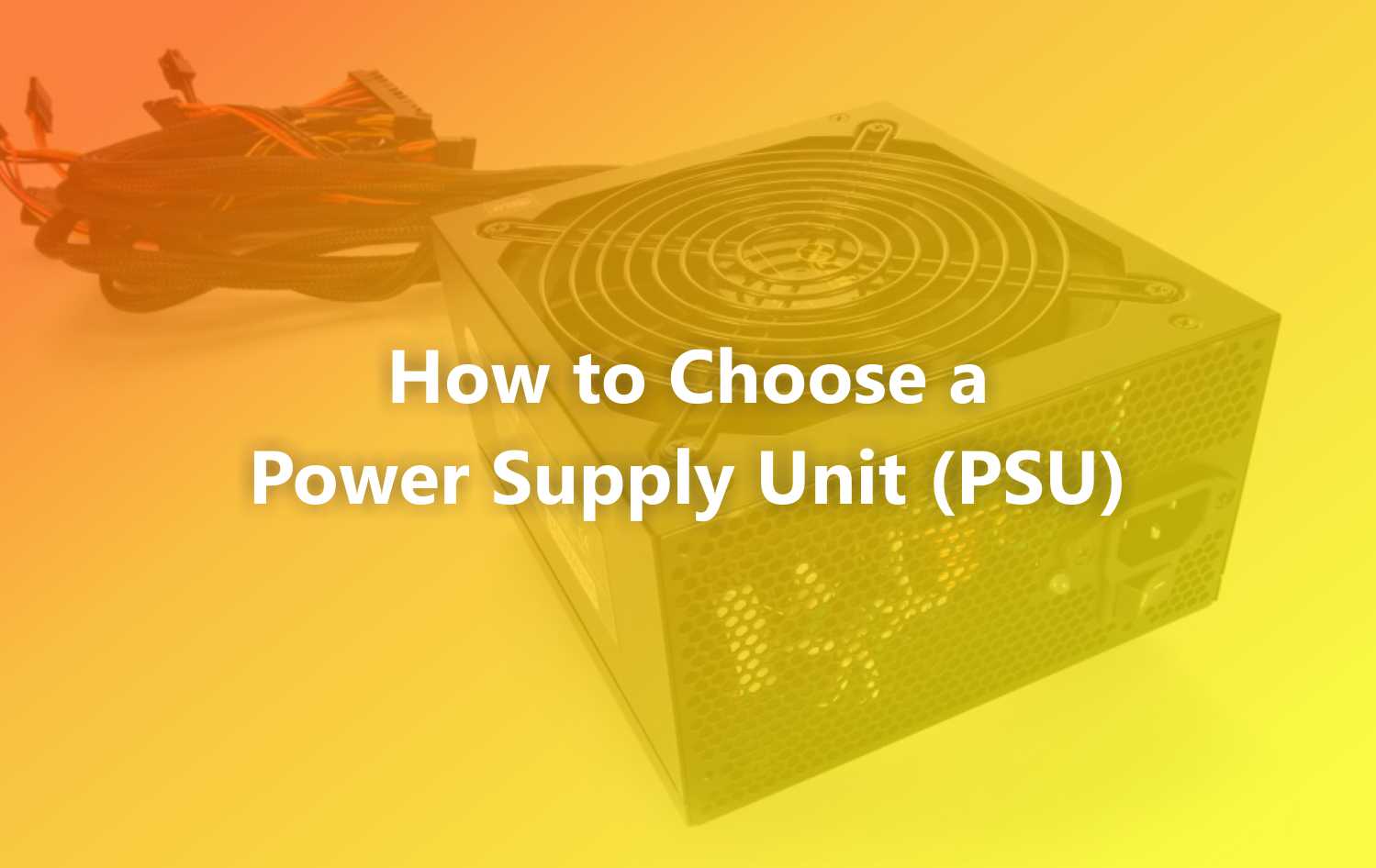A good Power Supply (PSU) is definitely a means to bring all your PC components to their best condition. At least it will ensure that the electricity supply will be fulfilled effectively. Besides that, component life will be longer, or at least until you realize that what a reliable PSU has to offer applies to the matter before you actually buy it.
And when you are still hesitant to choose a good power supply unit / PSU category according to your needs, this time we will reveal how to choose a PSU that can really be considered, and according to your needs and valuable assets for all the things you will do in a long time. Curious? Read more below.
The Key to Choosing a Good Power Supply
We have previously discussed how to choose the good power supply unit / PSU , but this time we will look at some of the specification factors that are usually carried on the device itself. At least, there will be other benefits when you read this article, which means it will give a positive meaning in your understanding when you buy it.
1. Know Who You Are & The Power You Need
The first key that you need to look at when planning to buy a reliable PSU is to see who you really are, are you a casual user such as office workers or homeworkers who only burden a lot of work on a PC for light use, such as office or browsing? Or are you a gamer who plans to have the best graphics card? Or hybrid users who use a lot of work on a PC to accommodate a lot of big needs between gaming and editing?
Of course, these factors will affect the selection of the right PSU, or at least when viewed in terms of the Watt capacity that will later be accommodated. A user with a light workload will certainly not buy a PSU with a large capacity, right? On the other hand, gamers enthusiasts will definitely avoid choosing a PSU with a small wattage output capacity, or they actually need an adequate output power label, not big or small.
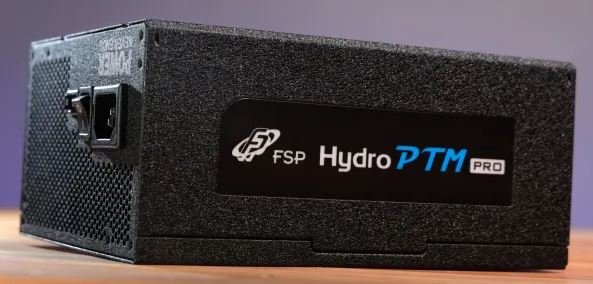
This is where, having power according to the wattage capacity needs to be your main concern. Later these factors will adjust to the main needs that you will actually live.
If you are part of a casual user, a PSU with power ranging from 300Watt to under 500W can certainly be the best solution to have. Meanwhile, gamers or content creators who have extra devices can have PSUs with capacities ranging from 450W to 750W, it can be adjusted to the needs of the (extra) devices you have, such as a graphics card. See the minimum requirement recommendations, especially if you want to have many components or peripherals that are quite large in power requirements other than graphics cards.
2. Rating 80+, What Does It Mean?
Usually, many Power Supply manufacturers offers to label their product line 80+ ratings. What does that mean? Maybe many of us already know it for sure, but there are also many who really still don’t understand all of these things.

The 80+ rating itself is a rating standard that can show the level of efficiency of the Power Supply, especially in terms of energy conversion. Currently, there are several labels that can be an ideal indicator of how the device can meet the level of efficiency it offers, ranging from the 80+ White, Bronze, Silver, Gold, Platinum and Titanium labels.
The rating in question means that the PSU can offer a level of energy efficiency under certain load conditions. For example, PSUs labeled 80+ ranging from White to Platinum will offer energy efficiency levels at full run to below 20% load, but offer nothing at under 10% load conditions. It’s different when a PSU with a rating of 80+ Titanium, even this is the most energy efficient PSU, which will work efficiently also when the load conditions are below 10%.
3. Know the Safety Standard Certification
A good power supply will certainly also meet safety standard certification, which will be a valuable asset when you have it. Usually this is present in the logo on the device itself with the meaning that this device is in compliance with global safety standards to prevent damage, eg hazards from electric shock, energy hazard, fire, mechanical hazard, heat hazard, radiation hazard, and chemical hazard.
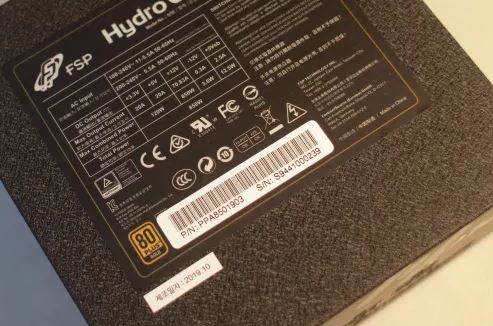
For example, if you see the UL logo, it means that the device meets the safety requirements of Underwriters Laboratories, a global safety certification company that is well-known for labeling safety standards for many devices.
Besides that, there are also several other certifications that you also need to know before buying a reliable PSU, including CE / CB / TUV / FCC / CCC certifications, etc., By knowing these meanings, at least you already know that the PSU you bought has implemented high security standards for user safety (or not).
4. Also know the meaning of the rating label on the PSU itself
In addition to the certification label for safety matters , in fact for safety matters, manufacturers must also equip each product with the presence of an assessment label (which is usually present on the PSU itself). This usually indicates the AC input range of the product to which the safety specifications apply, as well as the maximum DC output or combined output of each group.
It’s just that sometimes this can be something complicated to understand, especially for those who don’t know the term electricity in a PSU. Simply put, attention should be paid to the maximum combined output power below the +12V group (especially if you are a gamer or enthusiast). In general, a single output unit capable of matching the full rated output of the power supply itself is considered good. For example, the FSP Hydro K Pro has a single 12V DC output with an output of 600W. it means that the device is designed to deliver maximum power up to 600W. If you interested in android gaming, maybe you need to read this article best android emulator for pc.
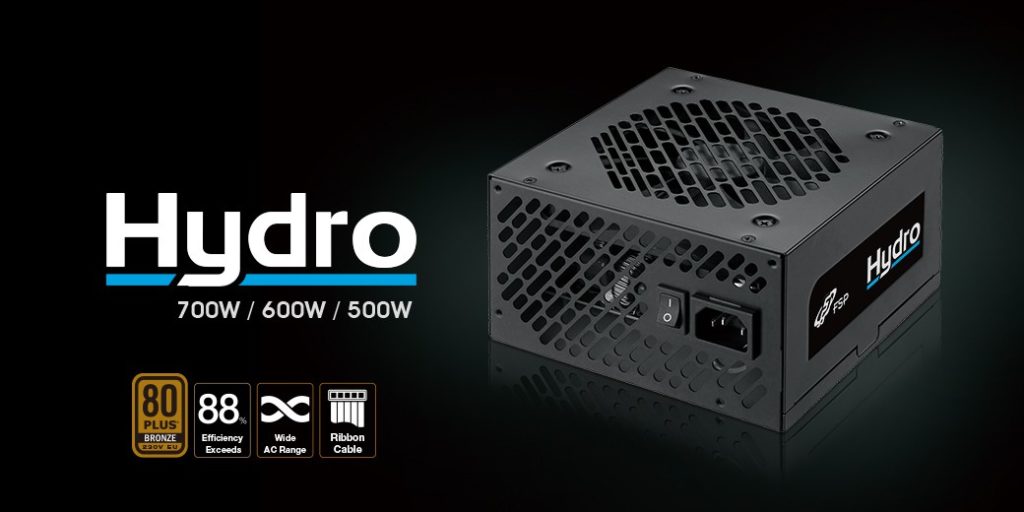
The +12V label itself is a rail that describes the individual voltages in the power supply. The +12V rail provides power to several different devices, the most famous of which is of course for supplying power to the graphics card via the 4/8pin connector. Manufacturers typically break +12V into further separation for safety purposes, there are single rail, which is more common in entry level PSU options to mid-range options, and Multi-rail, which can be ideal to help increase PSU longevity (and for safety purposes) with distributes power more evenly across the load.
However, manufacturers see that the cost of splitting the rails into smaller ones is very limited due to the high cost, so sometimes the price offered is also far beyond the casual PSU with single rail features. In addition, multi-rail is more ideal for users who have a lot of high-end devices such as those who have more choices of graphics cards on their PCs, rather than casual options with simple or slightly higher components.
5. Which Form Factor Do You Want?
In general, there are two general form factor choices brought by power supplies, especially for consumer choices . In fact this will affect the ideal choice that you will later determine.
First there is ATX, a very popular general choice that can fit into a large or medium PC case space, including the Micro-ATX option. And in fact, there are two versions that are actually slightly different for ATX sizes, namely ATX PS/2 which we usually see in casual PSU options and ATX PS/3 with a slightly shorter depth.
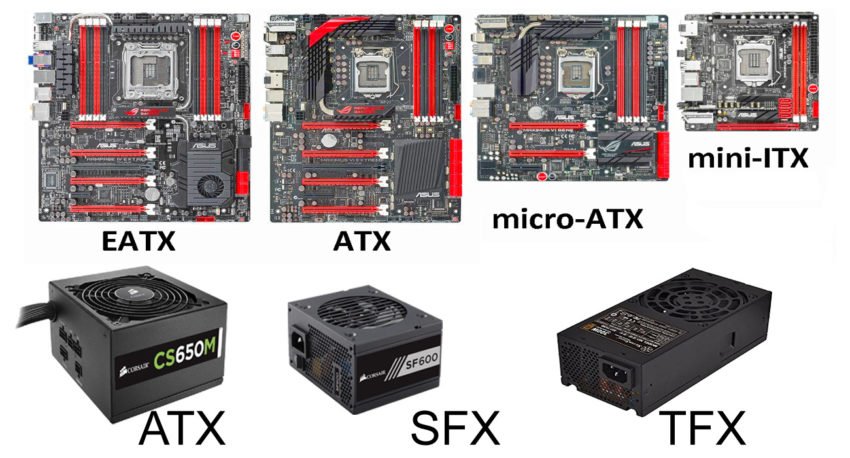
Then there’s the SFX form factor, which is usually more geared towards users who want a much smaller PSU, ideal for builders who love the mini and ideal for mounting on cases in the mITX or mini ITX form.
6. Cable Type Also Affects
PSU cables offered also vary, usually in the form of flat or round alias round. A common choice is usually in the form of a round cable , which has extra protection by utilizing layers around the core cable to minimize friction heating when the cable moves.
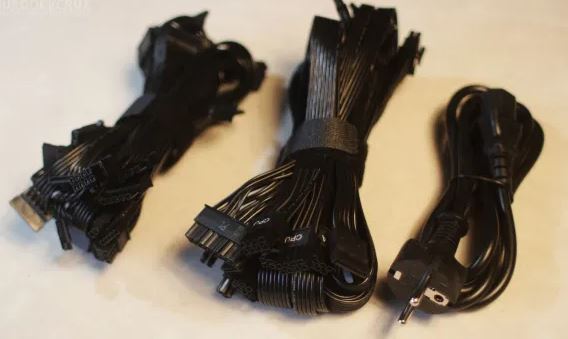
Flat cable options can be much more flexible, while still maintaining good safety standards . This means that the space offered is smaller, so it can minimize extra space and facilitate cable management. In addition, flat cables offer a lighter weight, making them easy to manage.

Well, this also affects the choice of Modular, semi-modular or non-modular types. The choice of a PSU with a modular cable usually means that the cable that the device carries is completely detachable and adaptable to your needs. So, you can save space and usage. However, the price is much more expensive than non-modular. As for Semi-modular, some cables can be removed and adjusted according to needs, but also have fixed cables for several core options.
7. It’s not wrong to also see the design factor
If you are one of the users who don’t really care about design style, you can skip it and read other factors below after this. But if every aspect of the shape of the cube PSU can really affect you, then looking at the style of the PSU itself can also be ideal for supporting an aesthetic that is much more comfortable to look at.
Designers have long been committed to designing PSUs with aesthetic values in mind. Breaking stereotypes into more than just a cube, and developing their own aesthetic in the design will certainly bring its own charm.

8. Output Voltage Regulation
Power output quality will affect the stability of the computer system. Voltage that is too high can cause hardware damage, while voltage that is too low can cause the computer to freeze or reboot. Therefore, the power output settings on the PSU are strictly regulated.
In the field of power electronics, voltage regulation also categorizes regulation caused by input voltage regulation as line regulation, and regulation due to load variance can be termed as load regulation. This refers to the term “voltage regulation” commonly used in the power supply industry, where the two regulations are combined. Below is the standard power supply voltage regulation formulated by Intel.
| Outputs | +5V | +12V | -12V | +3.3V | +5Vsb | ||||||
| Min | 4.75 | 11.40 | -10.80 | 3.135 | 4.75 | ||||||
| Max | 5.25 | 12.60 | -13.20 | 3.465 | 5.25 | ||||||
| Regulation Limit | ±5% | ±5% | ±10% | ±5% | ±5% | ||||||
Preliminary Conclusion
Well, those are some of the key factors that we can reveal so far when choosing a good power supply unit / PSU for you to consider. Although there are several other things that we have not fully disclosed, but at least there will be great benefits that you will get so far.

